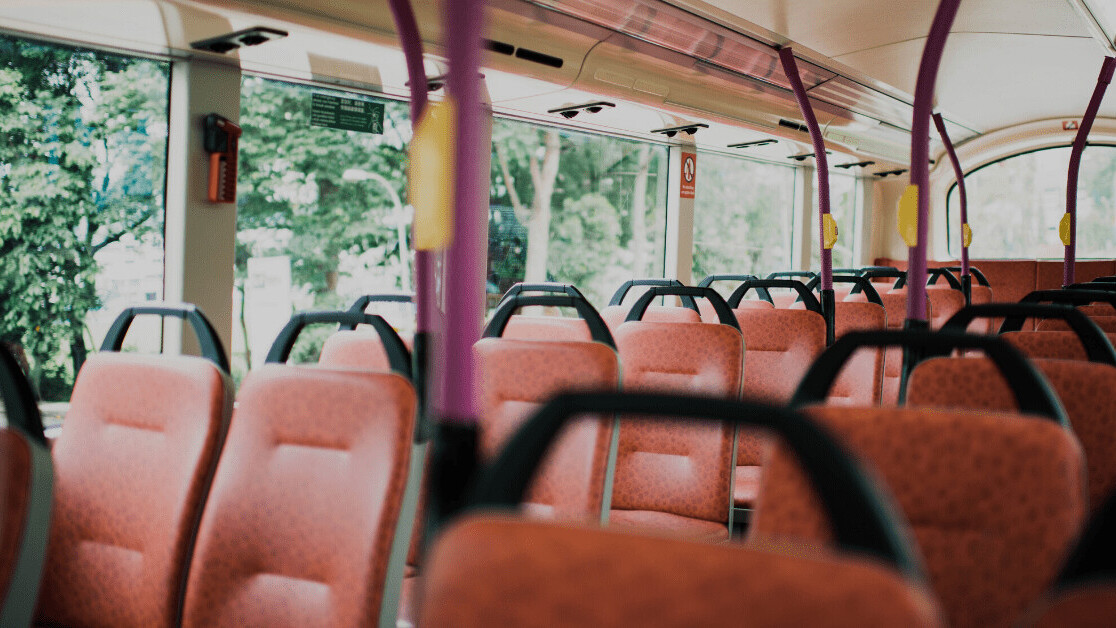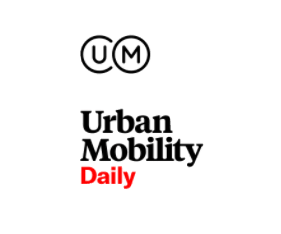
Mobility. It is the glue that binds cities, societies, and civilizations together. What was just two months ago a necessity in conducting our daily routines has been (at least temporarily) disrupted to such an extent that 80–90% of intercity passenger demand for travel is expected to be eliminated entirely in 2020 alone.
However, given the extent and widespread external affects of the COVID 19 crisis on urban and global goods movement and urban mobility, we are starting to see opportunities to address the 1.) near term public health challenges and 2.) ensure a more environmentally sustainable future. In specific settings where countries, regions, and even cities have “flattened the curve” and are now passing the peak, there are specific examples of urban design that are looking to prevent a return to widespread single car usage, lure passengers back to public transport, and encourage forms of active transportation (walking, bicycling).
Milan, a car-free city
Milan, located in the region of Lombardy in the north of Italy, has been one of the hardest hit regions in the COVID 19 crisis. As Italy (as of this week) begins to slowly re-open certain types of businesses, a unique opportunity has been identified to take the city back from the automobile, which in this point in time would only be possible in the aftermath of a crisis such as this. Milan has announced that 22 miles of streets will be transformed over the summer, with a rapid, experimental citywide expansion of cycling and walking space to protect residents as COVID 19 restrictions are lifted. According to Marco Granelli, a deputy mayor of Milan, “We worked for years to reduce car use. If everybody drives a car, there is no space for people, there is no space to move, there is no space for commercial activities outside the shops. Of course, we want to reopen the economy, but we think we should do it on a different basis from before.”
Pop-up bike lanes in Berlin
Germany, which began widespread testing and preemptive stay at home orders, has been seen as one of the global models for stabilizing the pandemic and ensuring a methodical return to normal economic activity. In the case of the Kreuzberg district of Berlin, pop-up bike lanes are being introduced as a creative solution to ensuring social distancing and preventing an increase in single car usage. The pop-up lanes include the temporary widening of two cycle lanes, which will help cyclists keep the required 1.5-meter distance apart while car traffic was down due to Germany’s coronavirus restrictions. The pilot has already been deemed a success because it has improved cycling safety while not hindering traffic. An expansion of the scheme on further roads in Kreuzberg, as well as in the Schöneberg and Tempelhof districts, is planned for the coming weeks.
Other trends in public transport, shared mobilities, and teleworking
At a higher level, we are also in the process of witnessing transformations in urban mobility that will change the very fabric of cities and movement for decades to come. Three aspects that are to see realignments include public transport, micromobility, and teleworking.
Public transport, to remain relevant and return to its central role in moving the greatest number of passengers in urban settings, will need to ensure sufficient social distancing space on buses and trains, and be reconfigured accordingly. Also, adequate hand sanitation and frequent station and rolling stock cleaning procedures will need to be actively implemented to entice passengers back.
Shared Mobility, including micromobility, car share, ride share, and ride hail are all critical components of the urban mobility ecosystem. While each individual mode (and MSP) will respond to and be affected differently by the crisis, a return to normalcy means better understanding the long term commercial viability of each scheme. It has even been discussed (in other articles) that cities subsidize the future operations of micromobility to fill in the gap for the retreat by VC-backed startups. That is a questionable proposal, and a prime example of how different models will need to be tested to appropriately scale in the urban context.
Teleworking, which is currently being utilized by many companies during the crisis to manage communications and regular work, will become more commonplace in the future. As managers realize that many tasks do not require a typical “brick and mortar” presence in front of a desk or in a cubicle, the daily peak/off peak rhythm of commuters in cities will be realigned post crisis. We may see different peaks of traffic movement in cities throughout the day, redistribution of street and public transport networks, and a general shift away from single car usage during specific time periods. The mobility shift will be fluid and may not be able to be measured in the short term, but one of the causes could be attributed to a higher percentage of teleworking.
The shared urban mobility landscape was in a rapid period of disruption and change in 2019–2020 before the COVID 19 crisis. As Europe and other regions in the world begin to return to normalcy and start reopening their economies, this acceleration of change will only continue. In crisis comes opportunity, and by first ensuring public health to prevent 2nd or 3rd waves of the pandemic, we can encourage passengers back into public transport, prevent a spike in single car usage, and plan ahead for an environmentally sustainable future.
This article was originally published by Scott Shepard, Chief Business Officer, Iomob Technologies on The Urban Mobility Daily. It’s the content site of the Urban Mobility Company, a Paris-based company which is moving the business of mobility forward through physical and virtual events and services. Join their community of 10K+ global mobility professionals by signing up for the Urban Mobility Weekly newsletter. Read the original article here and follow them on Linkedin and Twitter.
This article was written by Scott Shepard, Chief Business Officer, Iomob Technologies.

Get the TNW newsletter
Get the most important tech news in your inbox each week.




